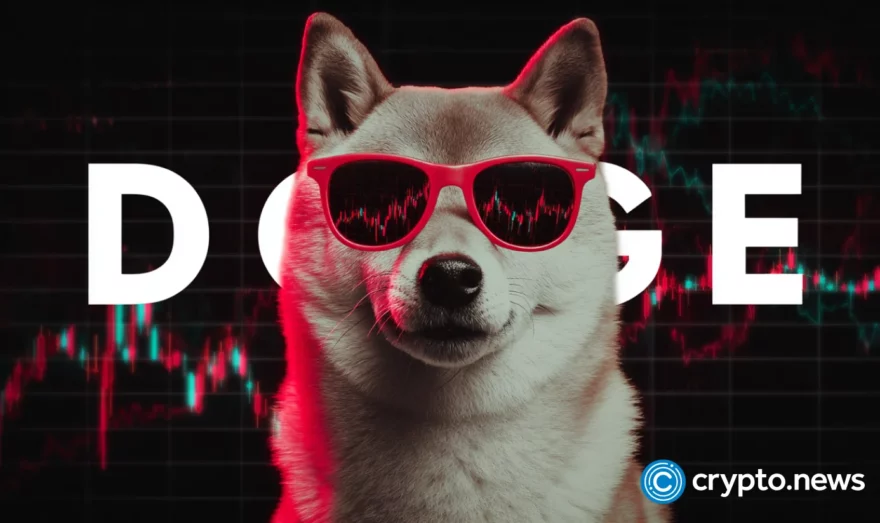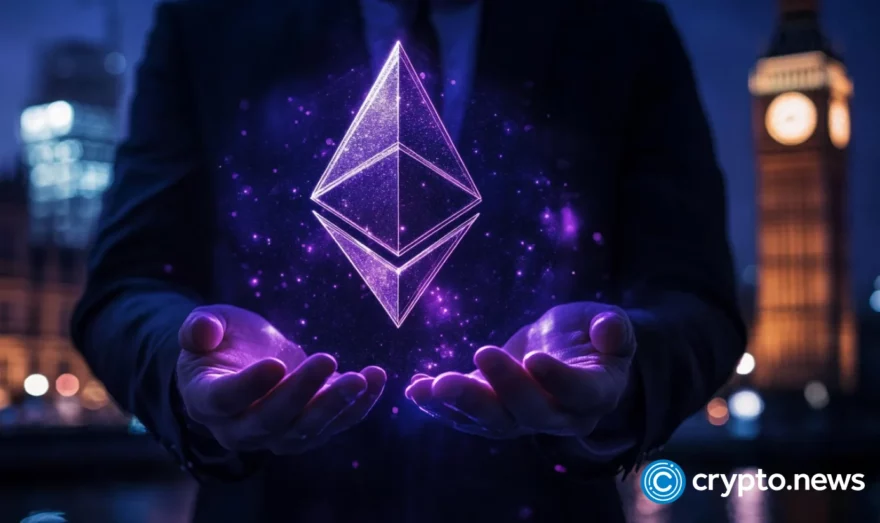Polygon’s (MATIC) Growing Relevance for Metaverse Projects

The growing popularity of Metaverse projects, such as Decentraland and The Sandbox poses a number of additional challenges in terms of attracting the maximum number of users and creating the optimal conditions for them when purchasing and using their virtual property or assets. As most Metaverse projects are Ethereum-based, and their tokens are of the ERC20 type; they appear to significantly depend on Ethereum’s gas fees. However, the existing scalability limitations have led to the disproportional increase in gas fees during some peak periods.
As a result, expensive transactions that constitute one of the key elements of the Metaverse experience have become unaffordable for most users, leading to the temporary decline in users’ involvement in the Metaverse. The only sustainable solution that may be reasonable from both technological and financial perspectives refers to adopting second-layer solutions that will enable making instant transactions at minimum cost.
Polygon’s Benefits
The Metaverse leader Decentraland has announced its transition to the MATIC Network as being more flexible and cost-effective both for the company and its users. In particular, Decentraland may become able to offer most transactions free of charge for its users, thus making them affordable to almost all people.
Moreover, the time required for making transactions will be minimized, and users are encouraged to perform their transition to Polygon’s network. Such reforms are expected to be mutually beneficial for Metaverse projects and Polygon.
On one hand, Metaverse projects such as Decentraland may benefit from the higher level of users’ involvement and investments in virtual land and other assets. On the other hand, such processes will also stimulate the demand for MATIC and its innovative solutions.
Thus, Polygon may become one of Ethereum’s major supporting infrastructure protocols in the following months, at least in the gaming and Metaverse segments.
The long-term price dynamics of MATIC follow the predictable and converging channel that indicates the declining Polygon’s value fluctuations with the maximum likelihood of the further continuation of this positive trend.
Moreover, considering the fact that its current price of $1.59 is close to the lower boundary, long-term investors may receive considerable by opening long positions with the expectations of a rapid price increase within the following months to the upper boundary of the channel, accompanied by the overall appreciation of MATIC’s token that may caused by the crypto market restoration within the following months.
Further, the successful implementation of Metaverse-related initiatives and the provision of quality and low-cost solutions to Decentraland’s request may encourage investors to significantly reconsider their perception of Polygon’s potential.
The MATIC Network is highly flexible and scalable, and it may be successfully applied to different projects within the minimum timeframe. Its current circulating supply equals 6.87 billion with a maximum supply of 10 billion; thus, no considerable inflation risks exist in this regard.
The current market capitalization of $10.9 billion has the potential to increase at the rate of 200%-300% within the next few years.














